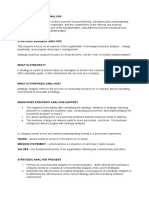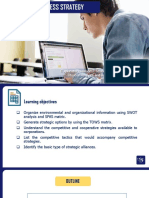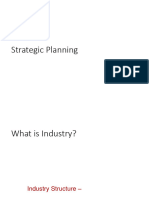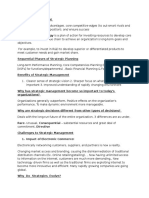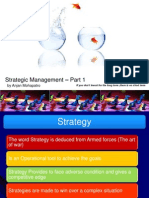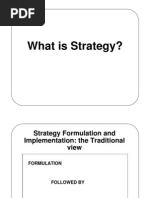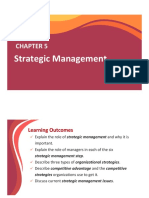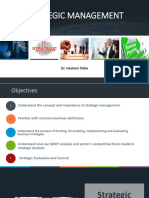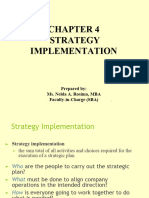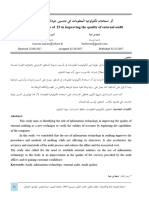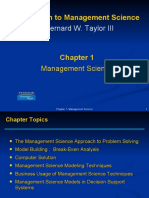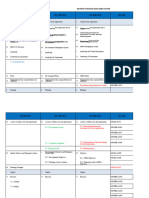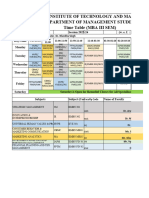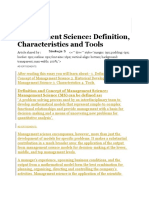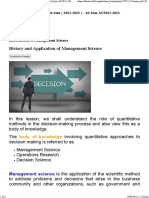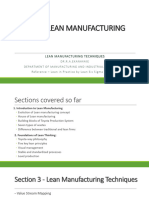0% found this document useful (0 votes)
178 views22 pagesChapter 1 Strategy Formulation
The document discusses strategic business analysis and strategy formulation. It covers topics like mission and vision statements, Porter's five forces model, the Ansoff matrix, benchmarking, TOWS analysis, value chain analysis, and product positioning strategies.
Uploaded by
Allene MontemayorCopyright
© © All Rights Reserved
We take content rights seriously. If you suspect this is your content, claim it here.
Available Formats
Download as PDF, TXT or read online on Scribd
0% found this document useful (0 votes)
178 views22 pagesChapter 1 Strategy Formulation
The document discusses strategic business analysis and strategy formulation. It covers topics like mission and vision statements, Porter's five forces model, the Ansoff matrix, benchmarking, TOWS analysis, value chain analysis, and product positioning strategies.
Uploaded by
Allene MontemayorCopyright
© © All Rights Reserved
We take content rights seriously. If you suspect this is your content, claim it here.
Available Formats
Download as PDF, TXT or read online on Scribd
/ 22




